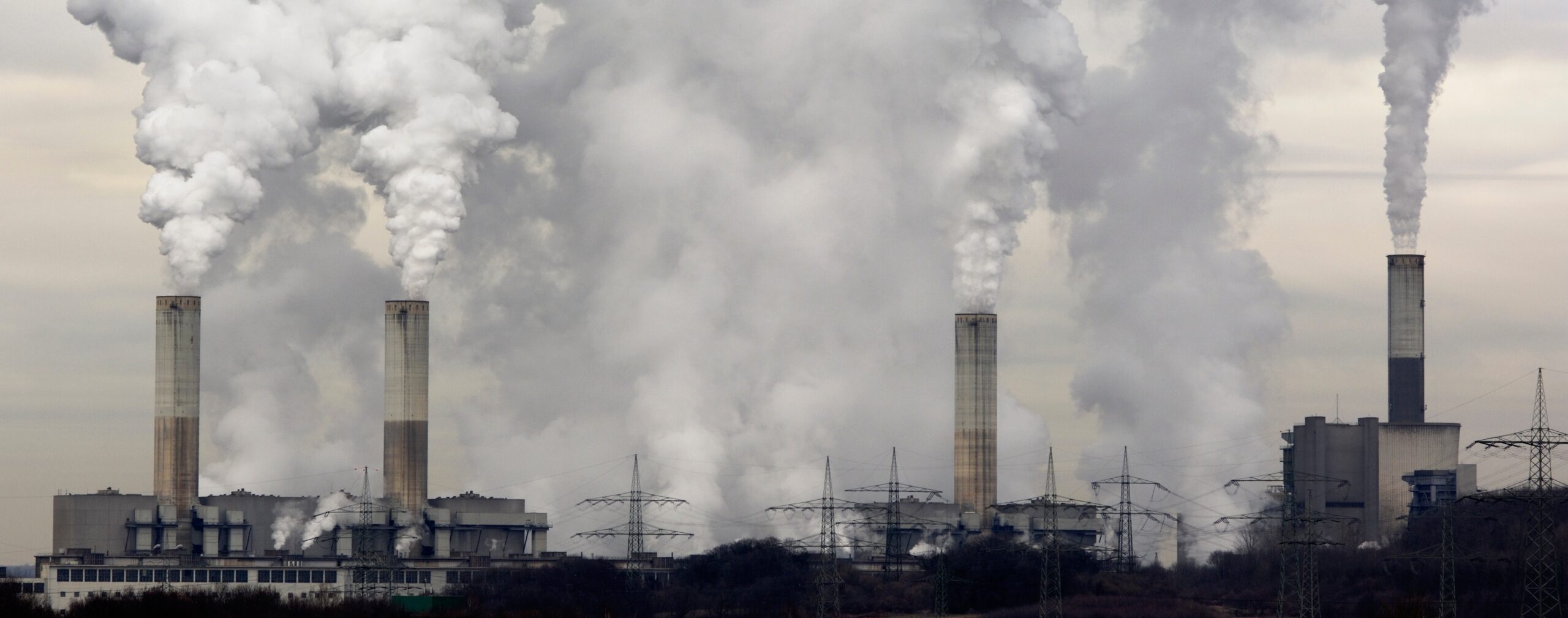We have released so much CO2 into the atmosphere over the decades by burning enormous amounts of fossil fuels that the planet’s climate would continue to change irreversibly even if we stopped burning altogether. Also, it is unlikely that we will soon quit using fossil fuels in any way.
Research on large-scale carbon capture techniques is headed in several bright directions. For example, one entails modifying the capacity of plants to fix carbon so they can absorb more of it and store it as biomass. The MIT researchers in Melbourne, Australia have made significant progress in creating a method to convert carbon dioxide back into solid coal.
In an innovative achievement, scientists have successfully converted atmospheric carbon dioxide (CO2) back into coal marking a critical turning point in the battle against climate change. This novel method offers a potential remedy for carbon capture and storage in addition to showing promise for reducing the effects of greenhouse gas emissions.
which was made possible by a brand-new method called “carbon capture and utilization,” which represents a significant advancement in the fight against the growing problems brought on by climate change. By converting gaseous CO2 into solid coal the method essentially reverses the combustion process that releases this powerful greenhouse gas into the environment.
This revolutionary technique is based on a unique liquid metal catalyst that speeds up the chemical process that converts CO2 to coal. This catalyst serves as a facilitator, but it also has a major impact on how quickly and efficiently the conversion process proceeds. Using this novel catalyst scientists have successfully solved earlier obstacles related to solid CO2.
This achievement is important because it might lead to the development of a closed-loop carbon utilization system. The capacity to turn CO2 into solid coal offers a more environmentally friendly and commercially feasible alternative than traditional carbon capture and storage techniques, which store CO2 underground. In addition to lowering the total carbon footprint, this process produces coal a valuable resource that may be used in a variety of sectors.
Scalability is one of this technology’s main benefits. The method is appropriate for broad use in industrial settings, power plants, and other sources of significant CO2 emissions since it can be used on a big scale. To address the worldwide scope of the climate crisis and satisfy the increasing demand for efficient carbon capture technology this scalability is essential.
Furthermore, the coal that has been transformed may be a useful source of energy. The reformation of coal from collected CO2 closes the carbon loop resulting in a more ecologically friendly and sustainable energy source than regular coal combustion it releases CO2 into the atmosphere. This feature creates new opportunities for using the converted coal to generate electricity, which helps with the switch to cleaner energy sources.
This discovery has significant effects on the environment. Scientists have effectively created a way to undo the harm done by decades of economic activity and the burning of fossil fuels by turning atmospheric CO2 into coal. With the help of this technology, carbon emissions may be actively captured and used for other purposes, transforming them from a once-harmful byproduct into a useful resource. This provides a glimpse of the future.
Conclusion:
The idea of converting atmospheric CO2 back into coal has enormous potential for a sustainable and resilient future in the face of climate change, and scientists are still working to perfect this ground-breaking technology. Reducing atmospheric CO2 to coal is an incredible development in the field of carbon collection and use. By providing a way to capture carbon and turn it into a useful substance, this novel strategy has the potential to solve the pressing issue of climate change. Despite the difficulties, scientists’ determination to improve this technology and collaboration between sectors may open the door to a more resilient and sustainable future. To fully realize the potential of this revolutionary approach to lessen the effects of human carbon emissions, more research and development is necessary.
- About the Author
- Latest Posts
A passionate advocate for all natural and sustainable ideas. With a background in sustainable economics science and a deep love for nature, Sojy has dedicated his career to promoting eco-friendly practices and encouraging others to live a more sustainable lifestyle. He is an avid hiker, gardener, and cook, and loves experimenting with natural ingredients in his recipes and lifestyle routines. Sojy believes that small changes can make a big impact and is constantly seeking out new ways to reduce his carbon footprint and inspire others to do the same




